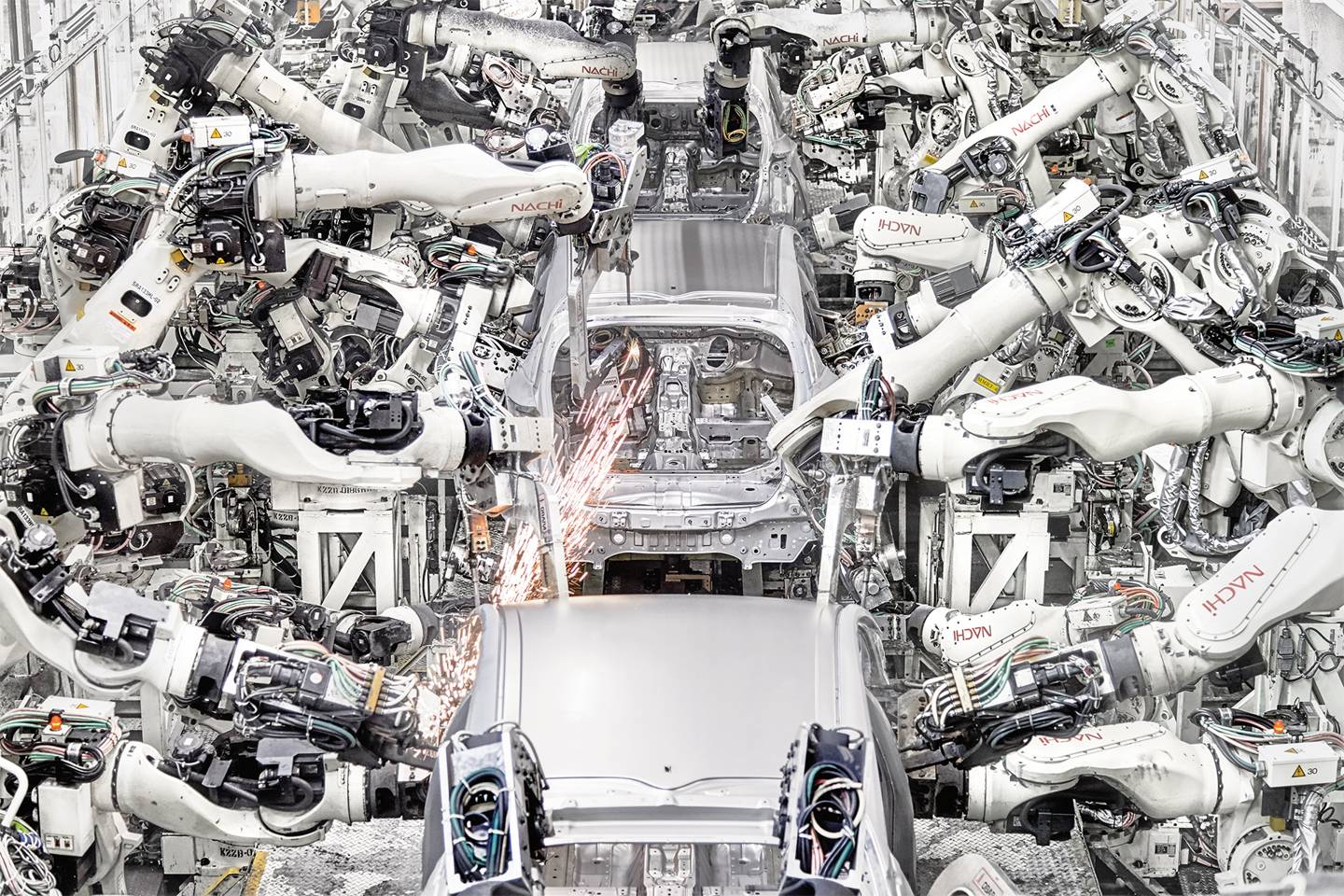So let's just say that I want to believe what hydrogen proponents are selling and I have my mind open .... 
Explain to me then, why a state like California and their ARB body, who has arguably done more than any Canadian province will ever be able to do for hydrogen, released their best (and several time lowered in last 5 or so years) projection as 37K FCEV units on the road by 2023 (today it's 1600 vehicles serviced by 29 active refueling stations) ... there's roughly 300K EV's on the road today in California (For comparison we have 16K EV's registered today in Ontario, and not one public refueling station). Are people of California stubborn or dumb? Has the ARB made any mistakes in guiding the people of California to adopt hydrogen?
If their lowered projection of 37K is any indication ... we are talking probably 300 cars or less by 2023 in Ontario? Or again, why this number should be a lot higher? What is the logical reasoning behind it?
Now, I have looked the Hyundai Canada website .... First of all, the car is right now only available in Vancouver. I guess they are waiting for the completion of the pair of 1.6M Toronto fueling stations. The only way to get into the car is a 3-year lease, 599/month + 3600 down. Fuel is included as stated before by others, but I cannot find anywhere what is the yearly allowance for distance driven. The performance is not that impressive .. 0-100 at 12.5s .. 60-100 10.6s ... I am not sure I remember a modern car that slow. Clearly, they are managing the range with performance.
I am not sure what the specs are for the pair of H2 stations (how many kg of H2 can they make per day), but there seems to be a ratio of roughly 35 cars per station and day volume (this number is more relevant for 1.6M US$ per station; doesn't seem that 1.6M C$ for a pair can produce the same amount of H2) typical in California.
I guess the two stations could take care of 100 cars hypothetically? Doesn't matter how you swing it, the numbers such as cost, utilization etc, they just look ugly based on California's experience. Again the question remains, why should Ontario's case be any different? ... I hope you would want it to be different considering the costs involved and amount of ICE cars it will get off the road. If you have no problem with these numbers, then I guess the discussion can be going around endlessly with never ending hope that one day solid state something can save us ...
Explain to me then, why a state like California and their ARB body, who has arguably done more than any Canadian province will ever be able to do for hydrogen, released their best (and several time lowered in last 5 or so years) projection as 37K FCEV units on the road by 2023 (today it's 1600 vehicles serviced by 29 active refueling stations) ... there's roughly 300K EV's on the road today in California (For comparison we have 16K EV's registered today in Ontario, and not one public refueling station). Are people of California stubborn or dumb? Has the ARB made any mistakes in guiding the people of California to adopt hydrogen?
If their lowered projection of 37K is any indication ... we are talking probably 300 cars or less by 2023 in Ontario? Or again, why this number should be a lot higher? What is the logical reasoning behind it?
Now, I have looked the Hyundai Canada website .... First of all, the car is right now only available in Vancouver. I guess they are waiting for the completion of the pair of 1.6M Toronto fueling stations. The only way to get into the car is a 3-year lease, 599/month + 3600 down. Fuel is included as stated before by others, but I cannot find anywhere what is the yearly allowance for distance driven. The performance is not that impressive .. 0-100 at 12.5s .. 60-100 10.6s ... I am not sure I remember a modern car that slow. Clearly, they are managing the range with performance.
I am not sure what the specs are for the pair of H2 stations (how many kg of H2 can they make per day), but there seems to be a ratio of roughly 35 cars per station and day volume (this number is more relevant for 1.6M US$ per station; doesn't seem that 1.6M C$ for a pair can produce the same amount of H2) typical in California.
I guess the two stations could take care of 100 cars hypothetically? Doesn't matter how you swing it, the numbers such as cost, utilization etc, they just look ugly based on California's experience. Again the question remains, why should Ontario's case be any different? ... I hope you would want it to be different considering the costs involved and amount of ICE cars it will get off the road. If you have no problem with these numbers, then I guess the discussion can be going around endlessly with never ending hope that one day solid state something can save us ...
Last edited:




















